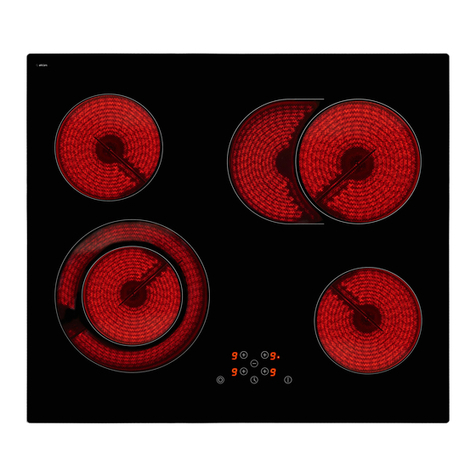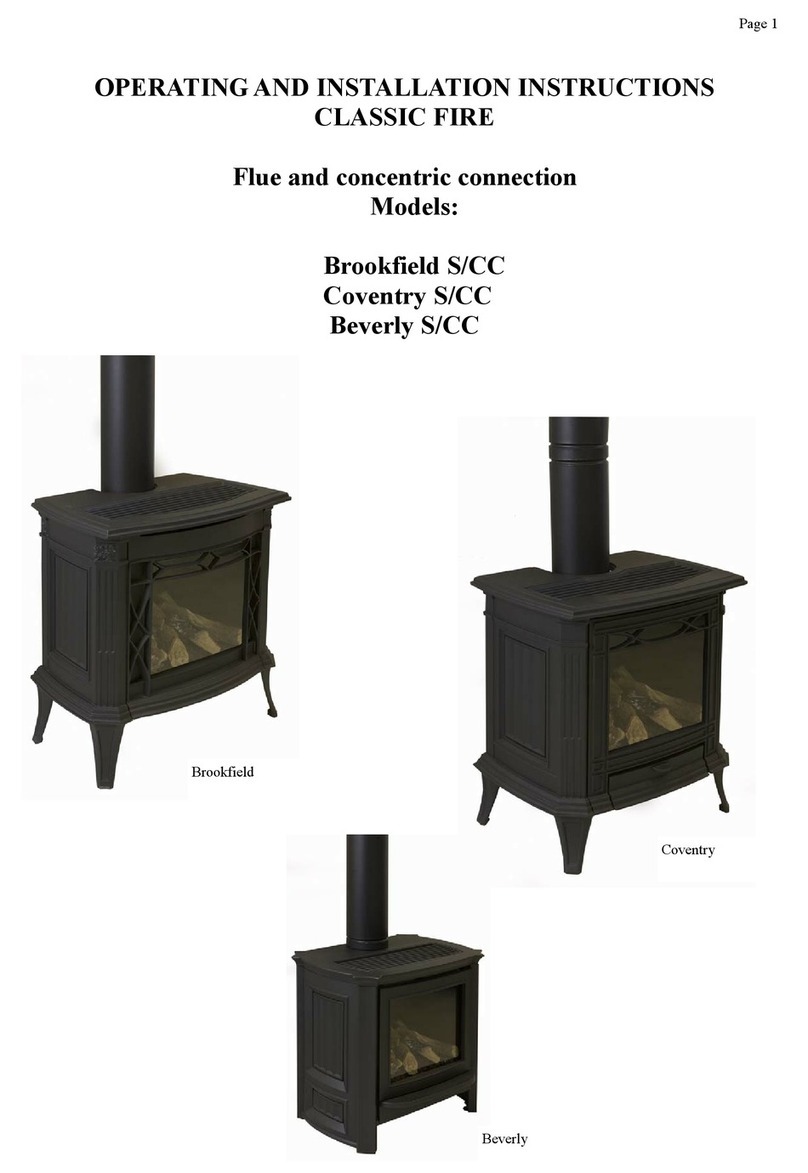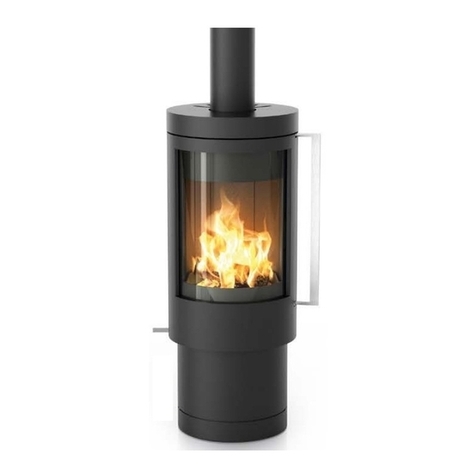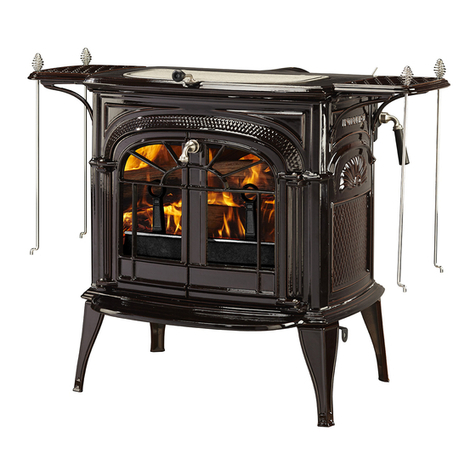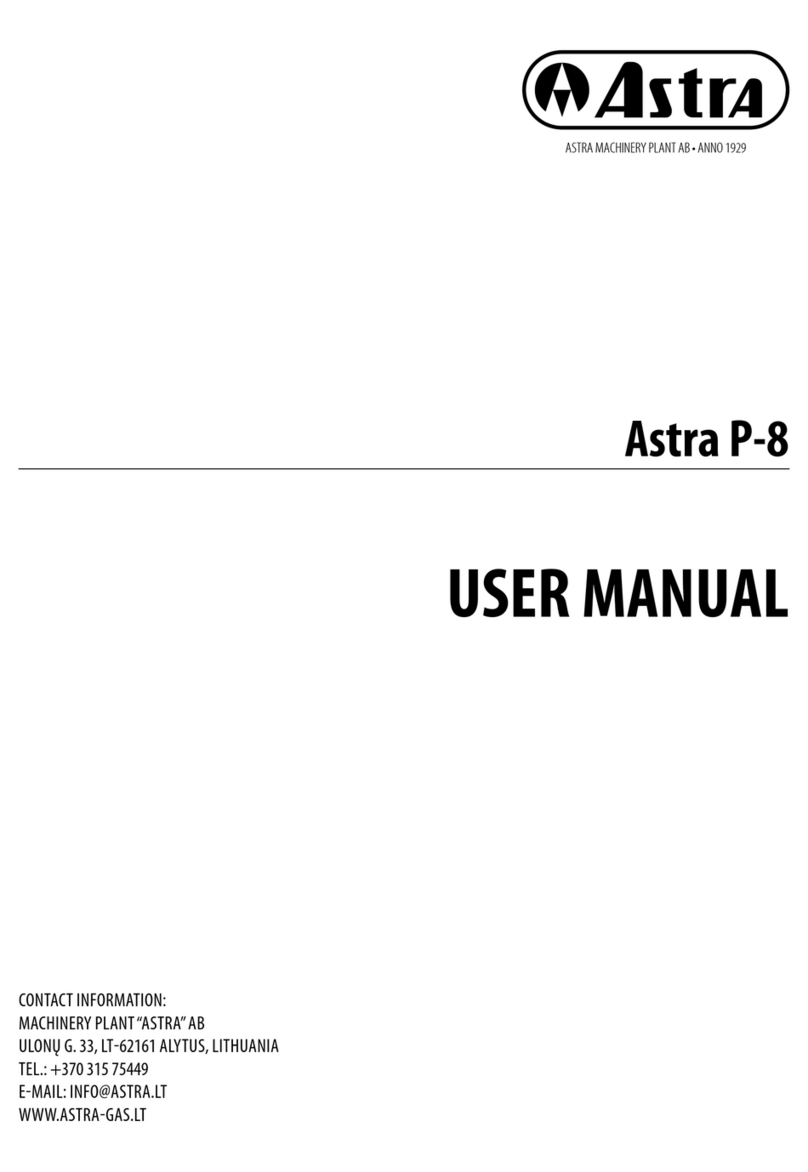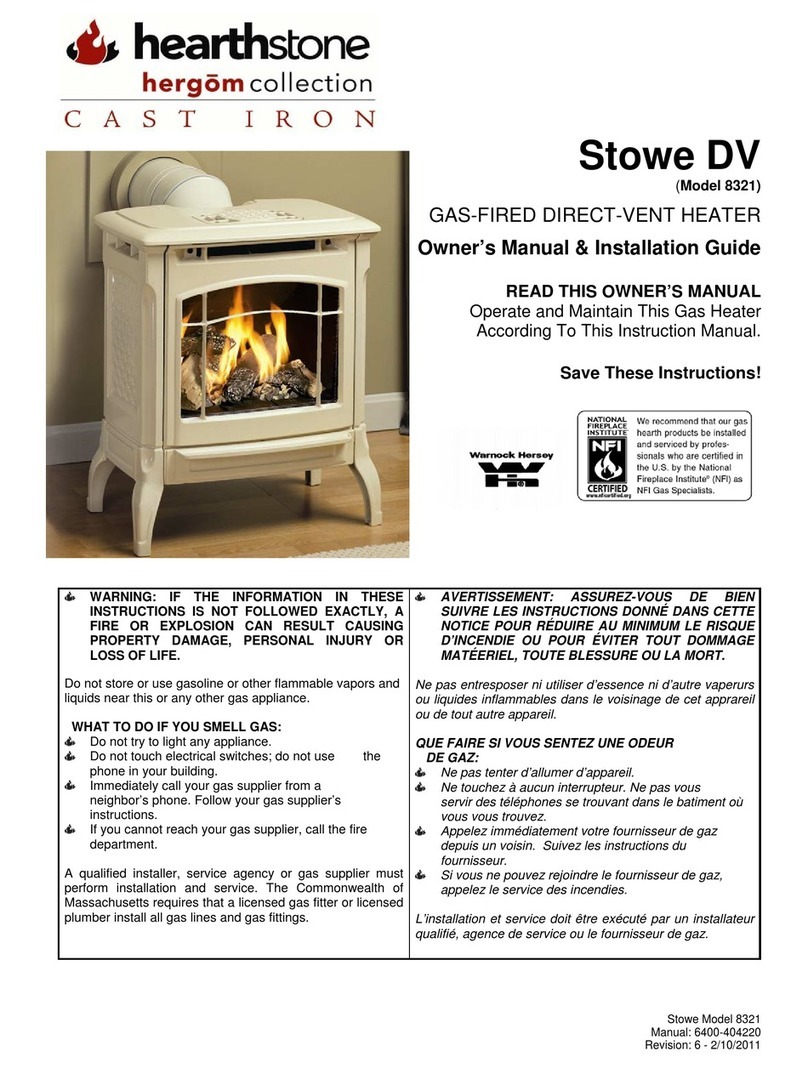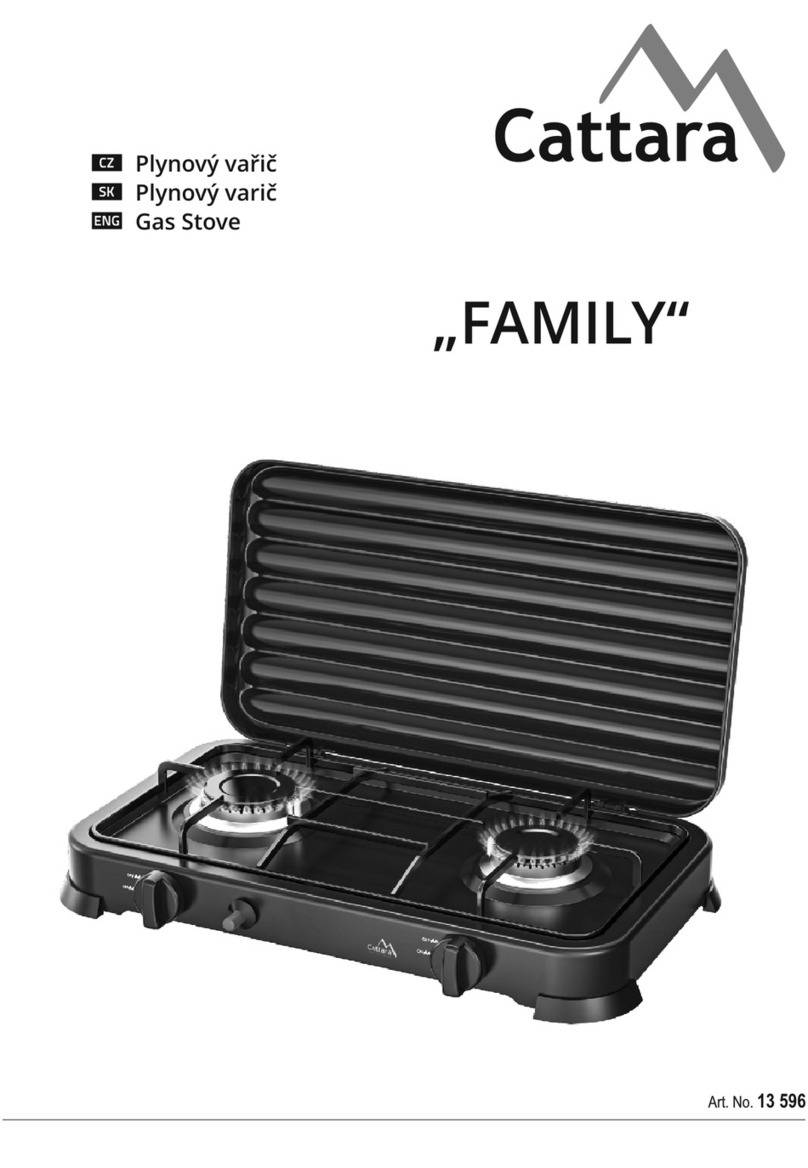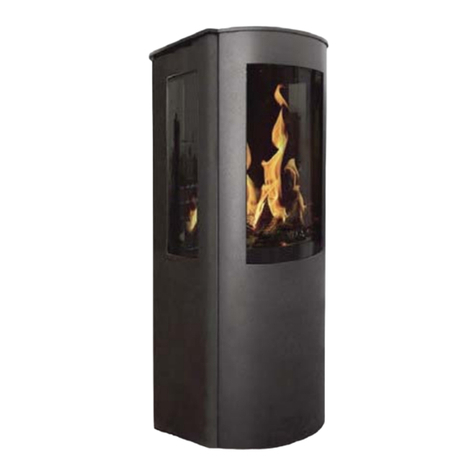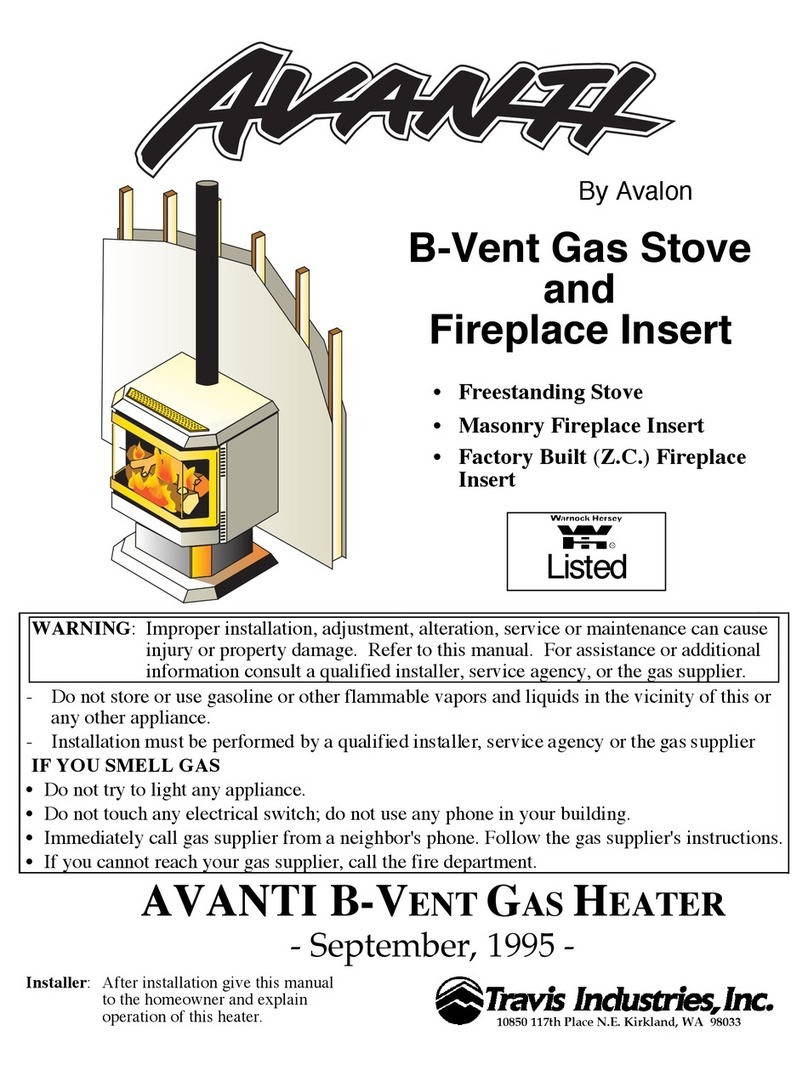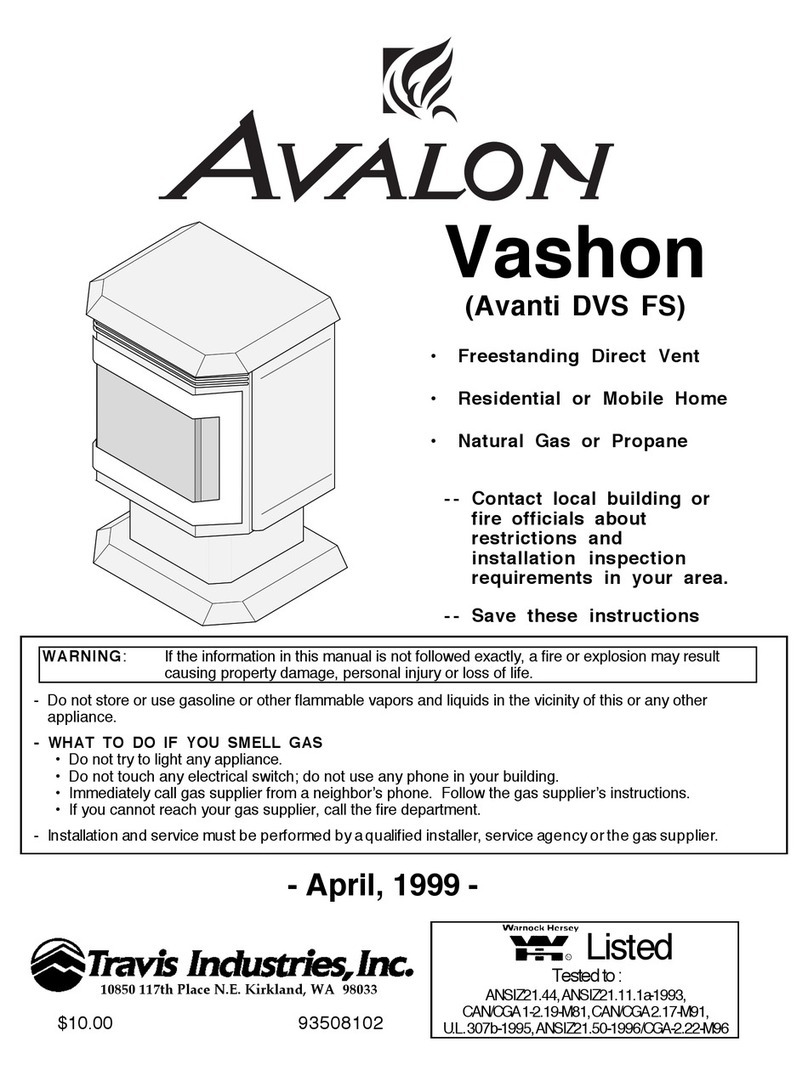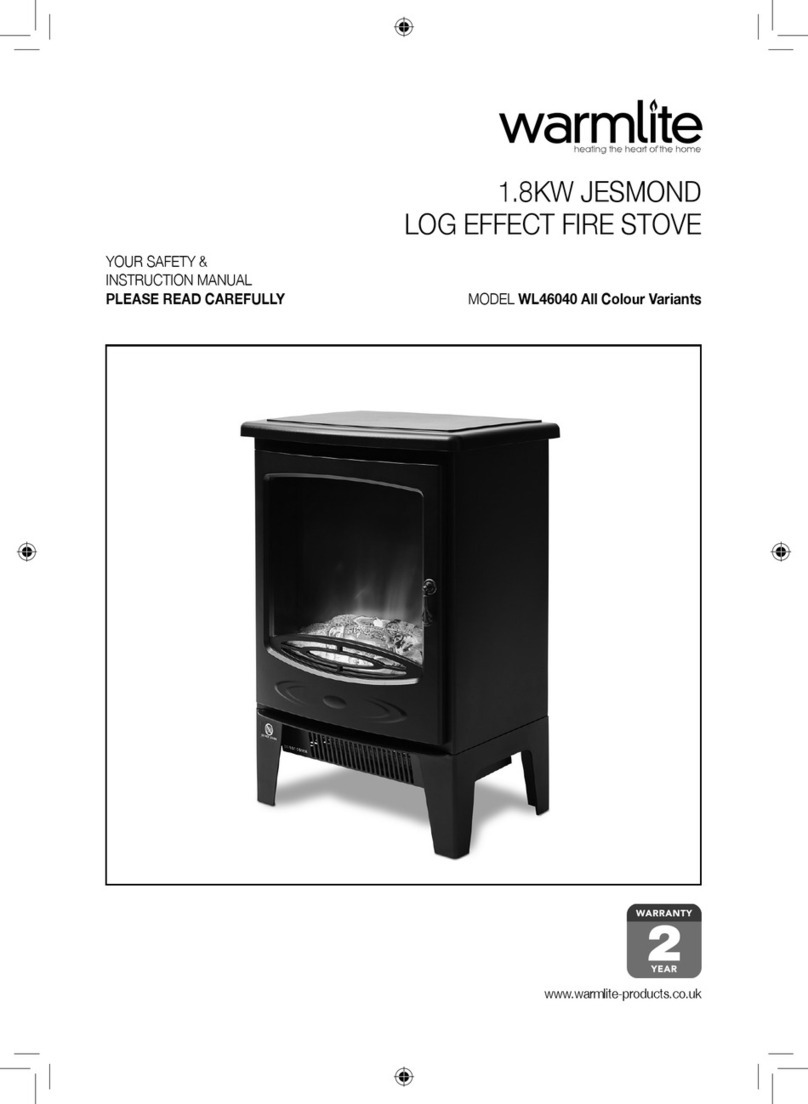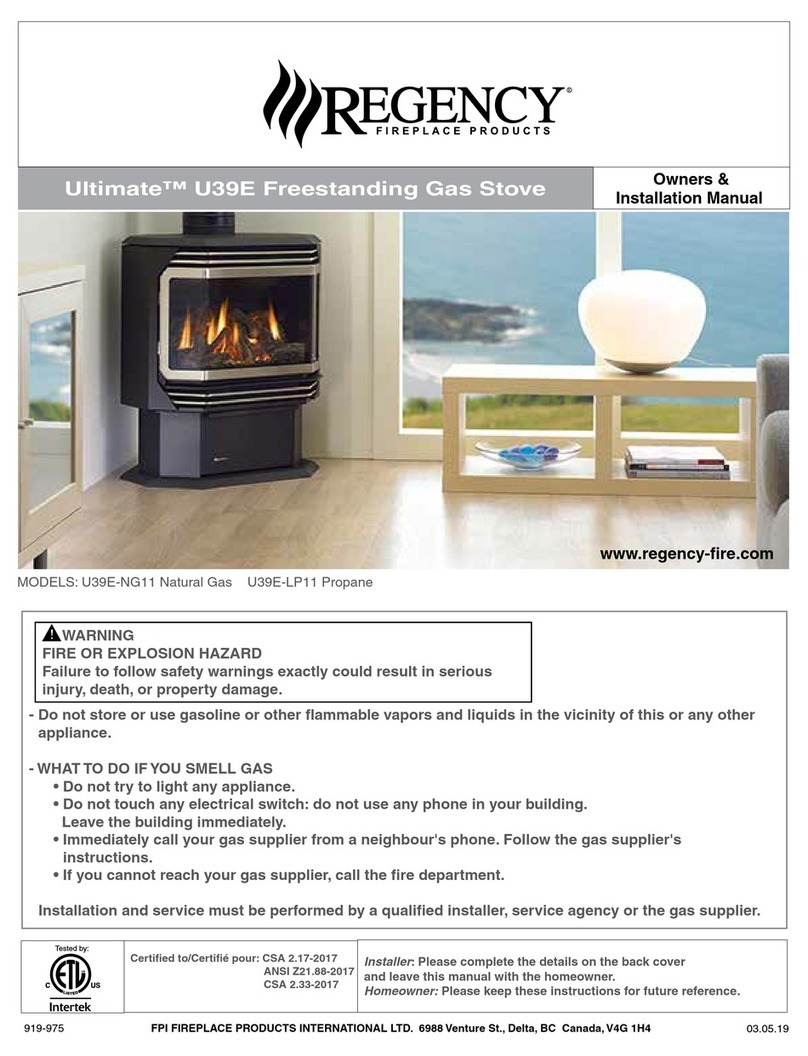
3
Astra P-10 USER MANUAL
1. SAFETY REQUIREMENTS
The stove must be installed and tested by qualied personnel instructed and authorized by Astra representing company. Please carefully
read this use and maintenance manual before installing and putting the stove into operation. For further information, please contact your
local Astra dealer.
The exploitation of the stove must comply with national and European regulations. During the operation of the stove, strictly observe the
following safety requirements:
• The stove is designed to be fuelled exclusively with high-quality wood pellets with a diameter of 6 mm as described in chapter 4 of
this user’s guide;
• Do not attempt to operate the stove using traditional wood!
• To avoid potential re hazards, the stove should not be used for incineration of household garbage under any circumstances!
• Before placement of the stove, check with local building codes to assure that the installation will comply with applicable technical
and legal norms;
• Installation of the stove and the electrical connections, initial function checks and adjustments must be performed by qualied and
authorized personnel;
• Improperinstallationorpoormaintenance(notcompliantwithinstructions of this usermanual)mayendangersurroundingproperty
and/or human health. In the case of the aforementioned product misuse, Astra is exempted of civil and criminal responsibility;
• When linking the stove to a ue, all ducting works must be completed prior to connecting to the electrical supply;
• There must be sucient air circulation in the room where the stove is installed;
• To avoid a potential re hazard, never open the door of the stove while burning goes on!
• To assure maximum safety while using your stove be sure to follow all use and maintenance operations as described in this manual;
• This pellet stove should not be operated by people with physically or mentally challenging conditions, or who have no experience
using such devices, unless they are under the direct guidance of a qualied and responsible person;
• The stove must not be operated or played with by children;
• To avoid a potential re hazard, never operate the stove with its door open, or if the door glass is cracked;
• While the stove is in operation, its surfaces, the glass, the door handle and ue ducting become very hot. Use extreme caution and
be sure to use heat-resistant personal protective equipment when touching these components;
• Kindle the stove only after the daily inspection described in this manual has been performed;
• To avoid a potential re hazard, do not dry laundry on or near the stove. Keep clothes and other ammable objects at a sucient
distance from the stove;
• For greatest safety, carefully follow the cleaning and maintenance schedule listed in table on page 19 of this manual;
• Do not turn o the stove by unplugging it from the electrical supply;
• Do not clean the stove until a body and ashes have cooled down completely;
• Do not remove the protection grid out of the pellet hopper;
• To avoid the risk of electric shock, do not touch the stove while barefoot and wet;
• The stove must be connected to the electrical supply with an easily accessible plug;
• Do not modify the design of the stove;
• To repair the stove, use only original replacement parts supplied by the manufacturer.
• Do not wait for components of the stove to become totally worn before replacing them. Replace a worn component before it
is completely disabled to prevent possible accidents caused by the sudden breakdown of the components. Perform periodic
maintenance checks as described in chapter 8 of this manual.
• In the case of a chimney re: 1) call re department immediately, 2) disconnect the stove from the electrical supply, 3) block an air
supply to the stove if possible.
This stove has been designed to function in all climatic conditions. In the circumstances of particularly adverse weather (high wind,
freezing), safety systems may automatically engage and switch o the stove. If this occurs, please contact technical assistance for
directions. In any case, do not disable the safety systems.
2. INTENDED USE
The Astra pellet stove is an eective home heating appliance intended to heat a room with hot blown air. It simultaneously performs
the function of a replace as you view the re through the temperature-resistant glass. It can be installed in all kinds of residential spaces
where people work, relax or spend their time. In order to reduce any possible danger to human health and property, the stove Astra is
equipped with special safety devices. For added convenience, control of the appliance can be fully automated. Once programmed, the
Astra pellet stove is capable of maintaining dierent heating output levels at a variety of pre-set time intervals over the course of a day,
seven days a week; it sustains a set air temperature in the room with the help of an integrated temperature sensor; and it even makes the
